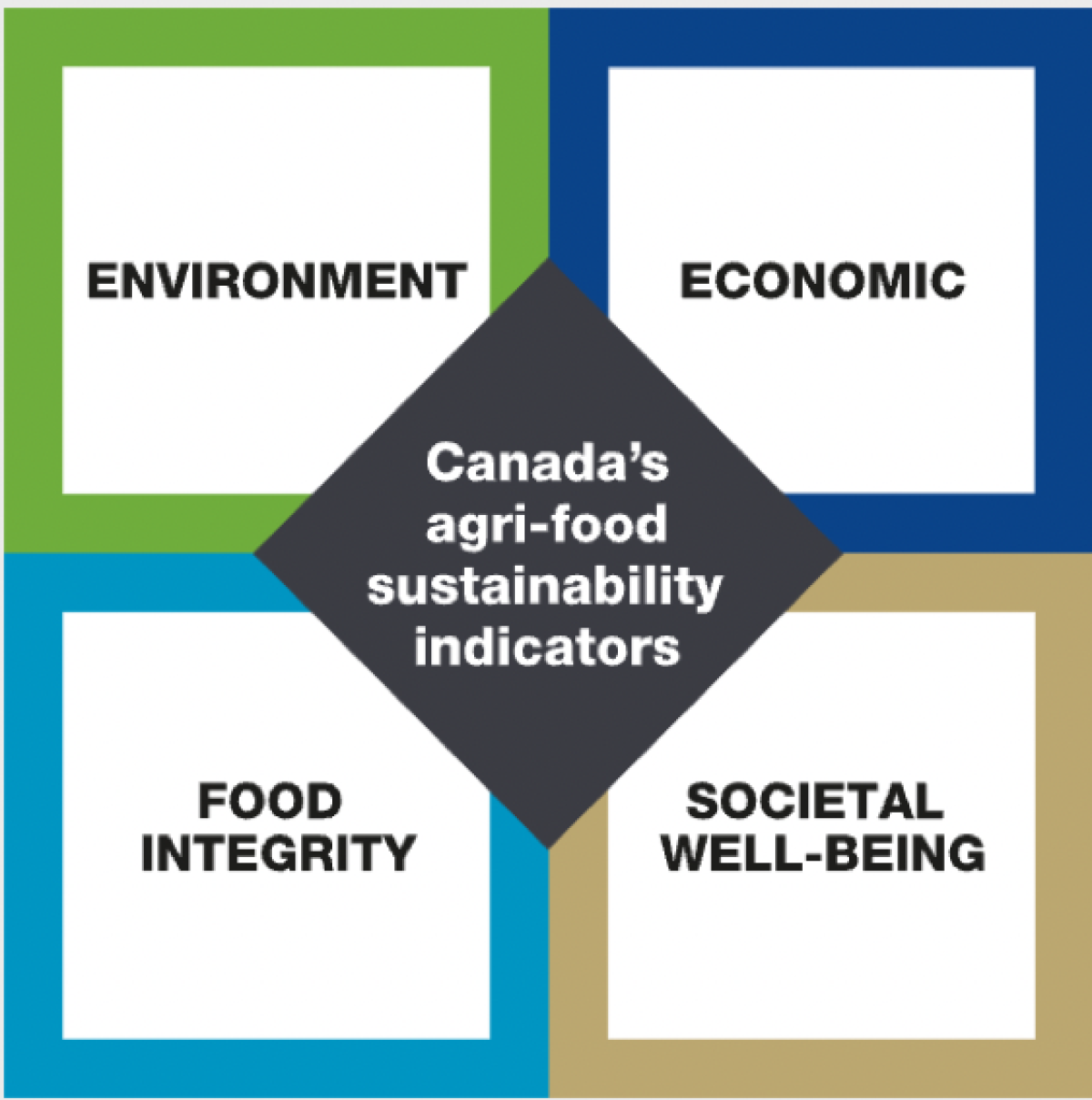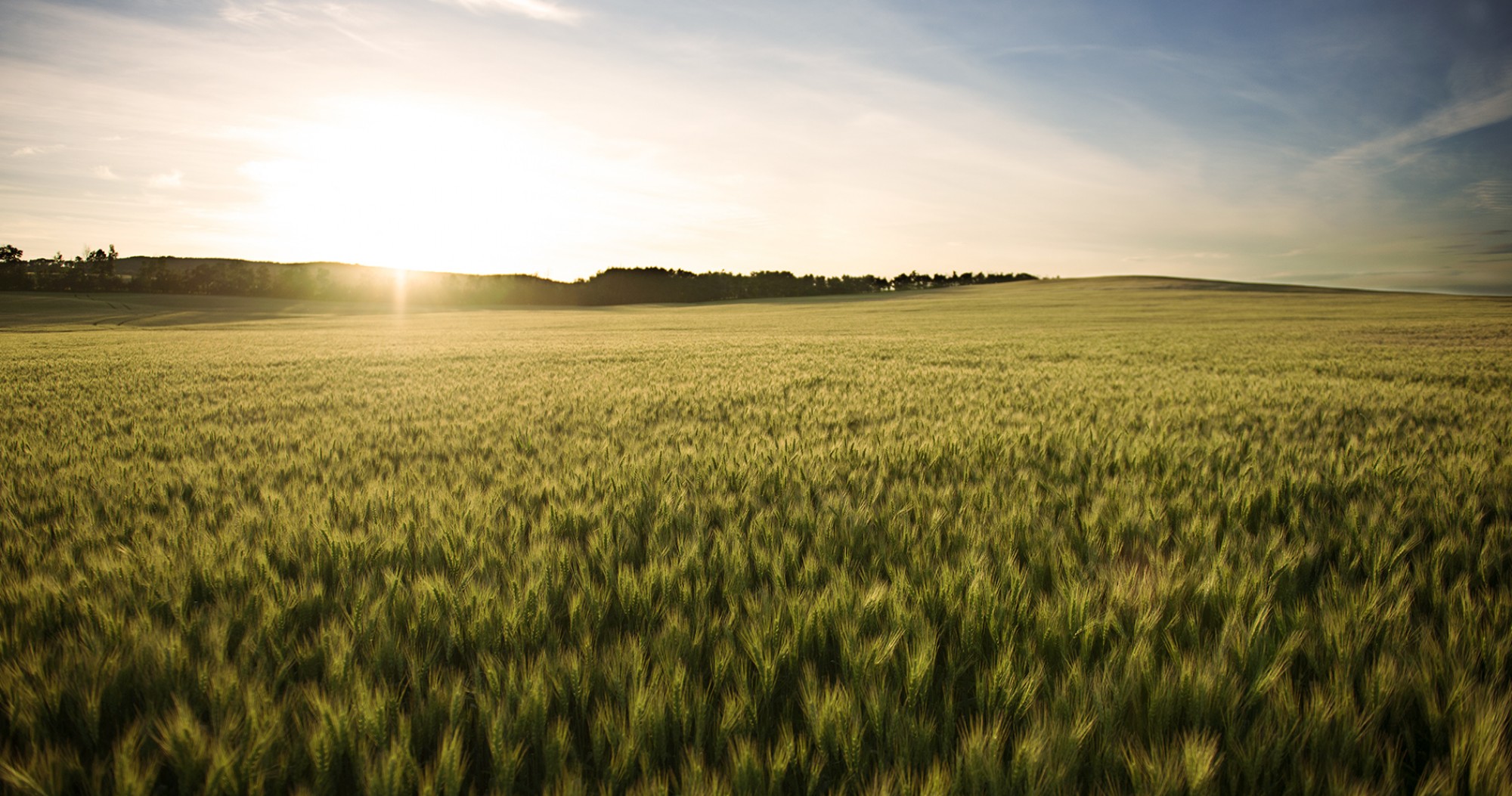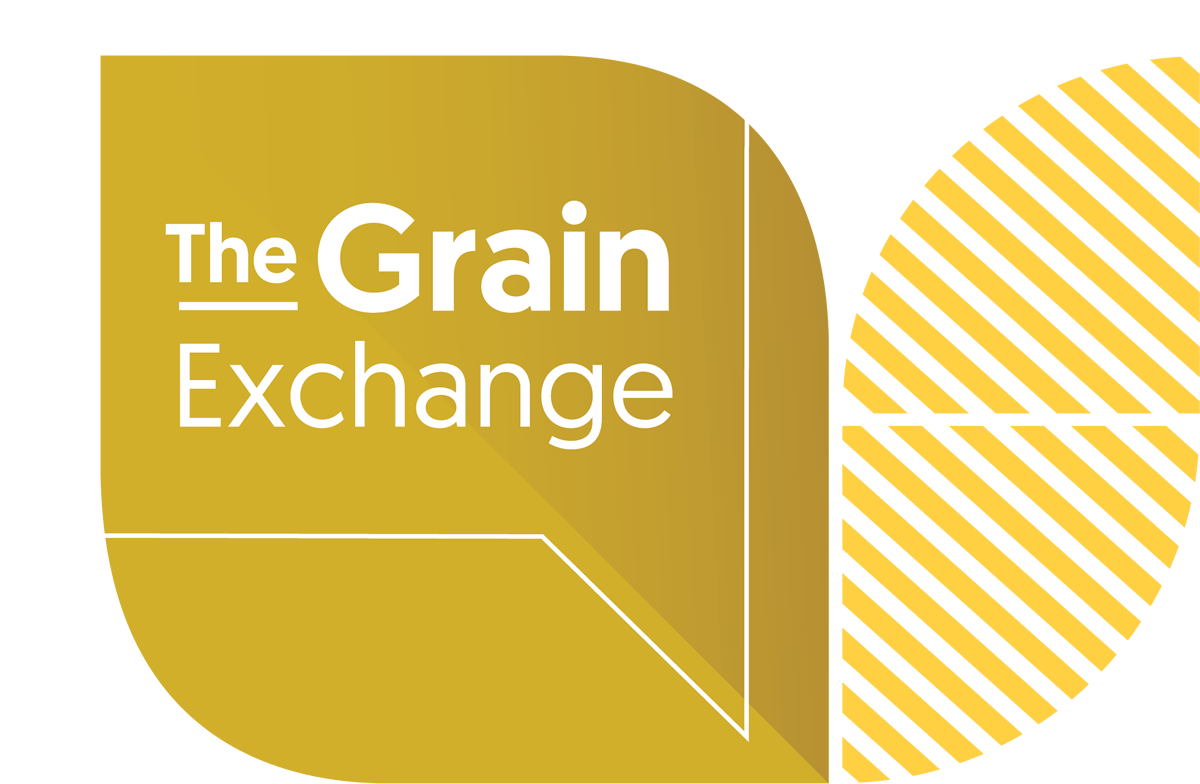National Index on Agri-Food Performance: Telling Canada's sustainability story
Canadian grains are globally renowned for their quality, consistency and sustainability. At the same time, consumers and governments across the globe are increasingly demanding greater demonstration of the environmental, economic and social impacts of the foods they purchase.
Recognizing this trend led David McInnes, to the realization that if the Canadian agricultural sector wants an accurate representation of the environmental sustainability of the industry, it will need to take charge and develop its own measurement tools. This led him, along with industry and government partners, to create the National Index of Agri-Food Performance.
Once complete, this index will include a series of metrics and indicators relevant to the Canadian agriculture and agri-food sector to provide evidence of the overall sustainability of the agri-food sector, from farm to fork. The indicators to be used will encompass environmental, economic, food integrity and social factors (1) .
Data will not be sourced from individual farms, rather from national data supplied by commodity and sector-wide platforms.
This index could then be leveraged to support marketing of Canadian agricultural products domestically and abroad, and support policy discussions
Today, David McInnes leads the work of the index as Executive Director and Founder of the National Index on Agri-Food Performance. Alberta Grains, along with other groups such as Cereals Canada, Canadian Canola Growers Association and Team Alberta Crops, are among the growing list of over 140 partners.
Introducing the Agri-Food Index
The index aims to offer a comprehensive perspective on Canadian agriculture, integrating data demanded by both consumers and industry stakeholders, while adhering to transparent measurement practices. While not prescriptive, it offers insights without scoring individual organizations or farms, by instead focusing on the sector as a whole.
McInnes emphasizes the importance of self-assessment in the agricultural sector, stating, “We measure ourselves or we will be measured by others”. Many foreign based stakeholders and institutions attempt to measure Canadian advances in sustainability but have glaring weakness such as no accounting for regional differences.
Agri-Food companies across the globe with their investors, are being faced with the requirement to report their sustainability and social impacts.
McInnes remarks that this reporting will include how food companies source their ingredients, which inevitably leads to the farm gate.
The index lists criteria for “measuring agri-food sector sustainability.” (2)
There are 20 indicators with over 130 metrics.
The index focuses exclusively on the Canadian agricultural and food sector, omitting imported foodstuffs and global supply chains to ensure relevance to the Canadian industry.
The graphic shows the four pillars around which the indicators have been established. Some relevant indicators for farms are soil, water, biodiversity and workforce. Taken as a whole, one of the purposes will be to show how the agri-food sector contributes to Canada’s climate change commitments and GHG reduction targets.
The index will not compare nor assess Canada to other countries, measure performance of specific commodities or rate consumer dietary choices. The index differs from the work of the Canadian Roundtable for Sustainable Crops (CRSC), as that initiative solely focuses on Canadian grain production, does not study the whole value chain nor provides an overall assessment of the Canadian agri-food sector.

Implications for Farmers: Leveraging the Index for Success
Canadian farmers and agri-food production are efficient at producing quality products with low emissions (3) . The index will help demonstrate to our customers that the sector is diligent and continually improving their stewardship of the land.
McInnes says that the index will not be used by farms on a day-to-day basis, rather it will support in the marketing of grain to various key markets and inform policy discussions.
For example, it could be beneficial to support the work that Cereal’s Canada does in its annual new crop missions to key markets to maintain and expand demand for our grain.
It can help support these missions and provide descriptive evidence of sustainability practices and advances in Canadian wheat and barley production and further demonstrate our value proposition.
In addition, it could open greater investment opportunities as global investors increasingly demand transparency in their supply-chains. The index can provide unbiased evidence of the sustainability of the sector and ensure credibility to our customers and stakeholders.
When will it be launched?
In 2023, the first try at the index was published, but McInnes says that it showed how much work remains. Priority tasks for the next two to three years include reviewing remaining data gaps and determining the best sources for this information.
Partners across the value chain will also provide their insights into the first attempt at the index, as McInnes argues it would be hard to resolve those issues without a collaborative approach.
With the help of producer commissions, farmers can help inform the discussion and contribute to the Canadian sustainability story, such as being involved in some of the index’s working groups.
McInnes recognizes the sustainability pressures the sector is facing from domestic and international markets.
He argues that farmers are already sustainable as they are naturally driven to want to maximize their productivity and ultimately leave the farm better than they found it. The index hopes to share that story and ensure that those outside the sector can begin recognizing those efforts.
For further information, please consult agrifoodindex.ca.
REFERENCES
(1) https://www.agrifoodindex.ca/about#summary
(2) Phase 2C Final Report. (2022). National Index on Agric-Food Performance
(3) The Business Case for Establishing the National Index on Agri-Food Performance. (2021) National Index on Agri-Food Performance.

